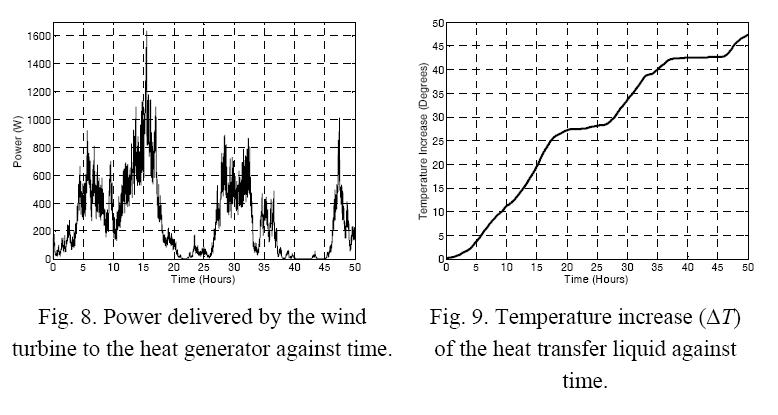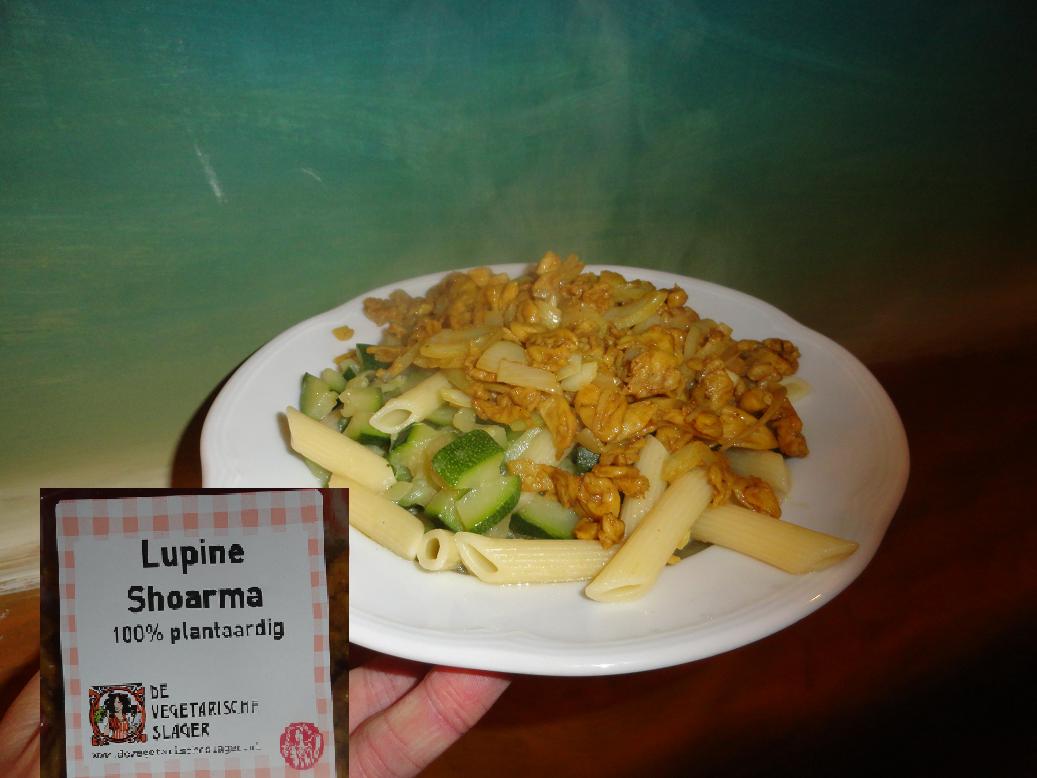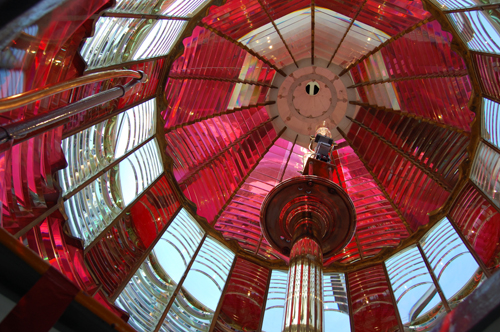Fijnstof en Ammoniak zijn schadelijk voor de gezondheid. De landbouw (voornamelijk varkens en kippenhouders) veroorzaakt ammoniak emissies die ver boven de Europese norm liggen (Joel Salatin laat zien dat deze dieren veel beter de ruimte gegeven kan worden). De manier om ammoniak af te vangen is door middel van een waterdouche, het wassen, iets dat in de industrie op grote schaal gebeurt als het gaat om zwavel bijvoorbeeld. Fijnstof wordt het best gefilterd met een electrostatische filter, waarin deeltjes een lading wordt gegeven zodat ze uit de luchtstroom kunnen worden getrokken door een electrode met tegengestelde lading. Bob van Usem laat zien dat met een combinatie van deze twee technieken, geladen waterdeeltjes, een zeer effectieve filter gemaakt kan worden.
Deze ontwikkeling is interessant, omdat ammoniak een ongebruikte energiebron van formaat is. Het is een stikstof-waterstof verbinding die in planten de energie levert om de groeien, maar die wanneer de waterstof via een catalysator wordt vrijgemaakt ook in een brandstofcel te gebruiken is. Het ammoniak emissie probleem is een enorme verspilling van energie. We hebben hier al eerder over ammoniak geschreven, het zou ideaal zijn om zonder veel aanpassingen landbouwwerktuigen mee aan te drijven.
Zie ook www.greengas.cc en Zelf ammoniak maken De ontwikkeling waar de boer hierboven over praat wordt voornamelijk tegengehouden zodat de boeren geen macht krijgen. Dat is noodzakelijk om de fossiele consumptie economie in gang te houden.
Fijnstof
Fijnstof afvangen met een electrostatische waterdouche is misschien een optie voor scholen en grote gebouwen waar kinderen lang moeten verblijven. De fossiele lobby pushed de snelheidslimieten vlak bij de bebouwde kom omhoog voor meer inkomsten, maar dit gaat duidelijk ten koste van de luchtkwaliteit. Fijnstof van fossiele emissies kosten jaarlijks honderdduizenden levens (ook door bv. Ozon). Een installatie zoals in de bovenste video beschreven zou op zonnepanelen kunnen draaien, en lucht direct vanuit een met geluidsbarrieres ingebouwd snelweg traject kunnen afvoeren en zuiveren.
Protest tegen fijnstof (van Max80.nl) veroorzaakt door de A10 en A13 bij Overschie op het Plein in Den Haag. Misschien kan een soortgelijke scrubber als in de bovenste video beschreven wordt zorgen voor directe filtering van fossiele emissies.
Naaldbomen halen voeding uit deeltjes in de lucht die aan de naalden blijven kleven, en zijn dus goede fijnstof filters.
Mos kan fijnstof filteren als het nat is. Lara Smits heeft een mooie demonstratie locatie gebouwd.
Heggen van naaldbomen hebben een goed effect, zoals in de proeven met een electrostatische filter van Bob Ursem is te lezen.
Uit onderzoek naar mossen en fijn stof is gebleken dat één vierkante meter mos per jaar zo’n twintig gram fijn stof kan ‘opeten’. Valt de fijn stof op het mos, dan houdt de plant het vast en voedt zich ermee. (bron)
In een onderzoek naar fijnstof in kinderdagverblijven werd een positief effect gehaald met de Aspra filters, een verlaging van 85% fijnstof tov de buitenlucht. De geteste filter is bovendien energie zuiniger.














 Sp
Sp






